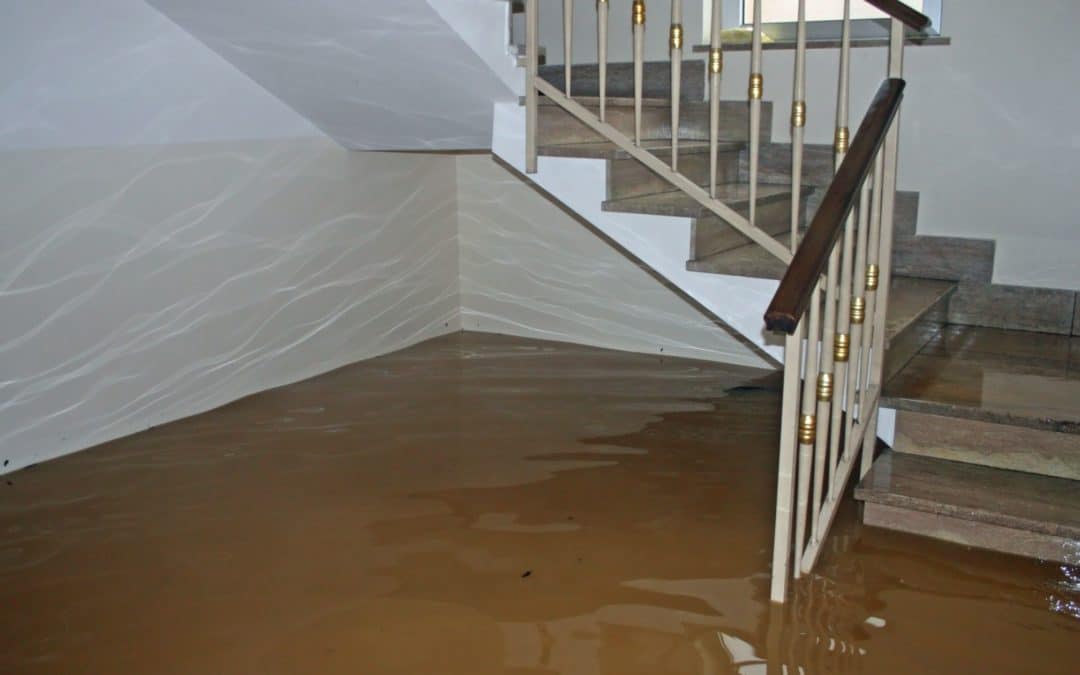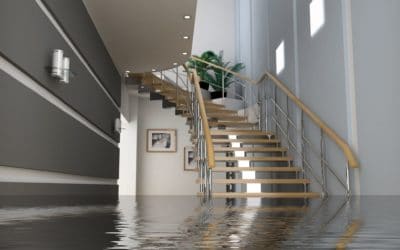What Causes Water Damage?
The most obvious causes of water damage, and those that cannot be avoided, are severe forces of nature, such as hurricanes or floods. Water damage also can occur when a fire is extinguished, from leaking pipes, malfunctioning washing machines and heaters, as well as leaks in your roofing and siding.
Are There Any Hidden Signs Of Water Damage?
Some signs of water damage include peeling paint and wallpaper, blotches of mold, moisture and condensation, a musty smell and moisture in your carpet or other flooring, also buckling of wall areas and trim or even doors can present early signs of damage.
Are There Any Instruments Or Equipment That Are Useful For Detecting And Dealing With Water Damage?
Moisture detectors are important since moisture can cause mold growth and poor air quality. Leak detectors are used for finding hidden water leaks, including those in walls and crawl spaces. Other tools you can use are dehumidifiers and water extractors to help repair water damage. In today’s environment there is also the use of infrared technology. Infrared can detect cold or moisture spots by color orientation. It helps to peer behind walls without removal.
What Actions Should I Take When I First Notice The Damage?
Immediately following a water-related incident, call your insurance provider to inform him/her of the damage. If your home is severely damaged, determine whether it is structurally safe to enter. If not or if you are unsure, immediately make arrangements to stay elsewhere. Get in touch with a professional damage restoration and remediation company to help you ascertain next moves. It is important to give as much information as possible to help formulate the best game plan for your particular water damage incident.
What Steps Can I Take To Minimize Water Damage Removal?
If your home is structurally sound, turn off your home’s power, water and natural gas supplies. Cover damaged windows, doors, walls and roof areas with plywood or plastic sheeting to protect your interior from the elements.
Can Water Damage Cause Mold?
Water damage certainly has the potential to cause the growth of mildew and mold. Because mold thrives in moist and warm environments, any place that is wet (and especially humid) is a perfect place for mold to grow. It doesn’t take long before the slimy culprit starts to develop and eat away whatever is in sight, especially porous materials, like drywall, wood, plaster, vinyl, and fabrics.
How Can I Prepare For Water Damage Removal?
The best way to keep water from becoming a major problem is to prepare your property before the damage occurs. One thing you should be sure to know is how to cut-off the power in your home in case of a flood. Water and electricity are a deadly combination. Be sure to stay clear of the damaged area until help arrives. A water damage restoration professional will know just what to do in the event this occurs.
How Can I Expedite Repair Of My Home And Property After A Flood?
Documenting your property’s damage and relaying the information to your restoration professional can make for a speedier repair. Inspect the exterior of your home for damage. Check out your roofing structure and document any shingles missing or in need of repair. Also note if your chimney or the flashing surrounding it is damaged or missing and list any damages to your gutters. Check your home’s siding for warped or loose boards. Note signs of water intrusion through your home’s windows and doors.
Is There An Easy Way To Remove Standing Water?
The first step to removing standing water from within your home is to sweep it outdoors. Any standing water left on carpeted areas should quickly be removed with a wet-vac. The removal of standing water is crucial for salvaging your home’s carpeting and could save you money.
How Does The Water Removal Process Work?
Several steps are taken to remove water from your property in the event of a flood, hurricane or other water-related disasters. First, the water will be removed from the property. Once the water is removed, a dehumidification process will begin to dry the wet areas. Next, evaporation of the water will occur, and, finally, the air will be tested to ensure that all water and moisture is gone from the property and won’t cause any further problems. This means setting up specific drying equipment like air movers, and dehumidifiers.
Other processes involved with water damage restoration include wet carpet restoration, odor control, fabric restoration, mold remediation, and drywall and wood floor restoration.
What Are The Different Categories Of Water?
There are three basic categories of water. The type of water in your property will help determine the extent of the damage and how the water will be removed.
The first category of water is clean water that poses no harm to people. This includes water damage caused by a sink or bathtub overflow or an appliance malfunction.
The second category of water is called gray water. This category includes water that has a significant amount of contamination, which can be chemical, physical and/or biological. Gray water can cause harm and illness to those who are exposed to or drink it.
The third category of water is known as black water. This water is very unsanitary and contains pathogenic agents coming from other contaminated water sources. It can cause discomfort and illness to those who are exposed to or who drink it. Black water can come from sewage and flood waters from rivers and streams.
What Should I Do To Protect My Valuables?
If your home is too damaged to secure, remove valuables to a storage facility or the home of a trusted friend or family member. If your home is secured against intrusion, transfer valuable belongings to a safe and dry place within your home. Relocate water-damaged items, such as furniture, clothing and rugs, to an area of your home that is dry.
Does Home Maintenance Really Make A Difference In Preventing Water Damage?
Even the most highly conceptualized and well-built home cannot protect you 100 percent from water intrusion and the resulting damage, but a well maintained home can protect you from most water incidents, excluding severe emergencies. Routine maintenance and seasonal inspections of roofing and siding, as well as other vulnerable areas, can pinpoint potential problems before they can allow for water infiltration and damage.
How Do I Hire A Professional Restoration Company?
Hiring a professional restoration company is important to ensure proper care for your property. Most insurance carriers will specify a list of restoration companies available to you and some may allow you to choose a restoration company from your own research.
Professional restoration companies will have available to you a list of industry organizations to which they belong and certifications they carry. Many professional restoration companies will also have examples of their work for you to view. In the case of disaster restoration, checking references may not be advantageous. But, rest assured that industry associations have strict guidelines and verify that members follow them.




